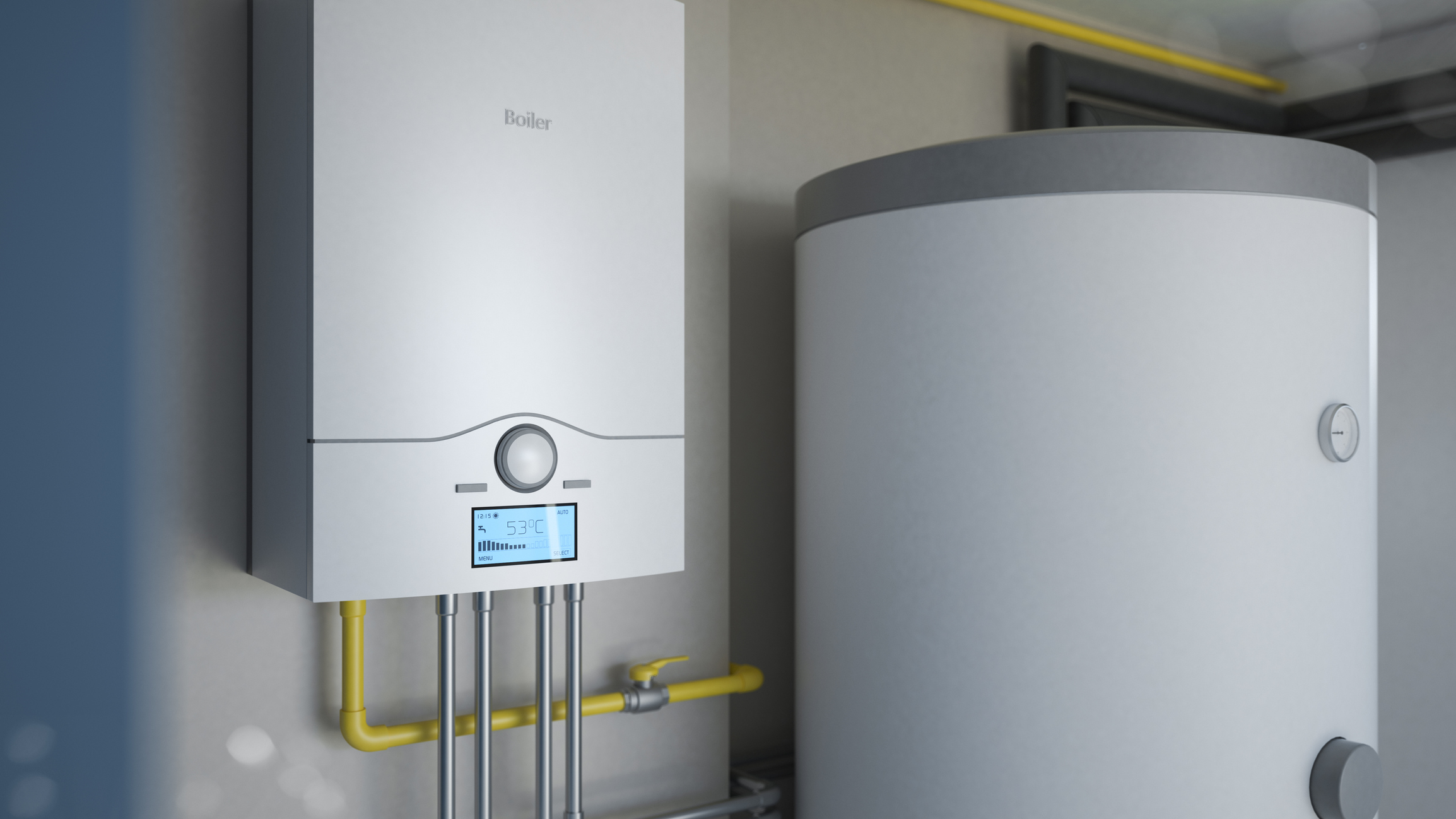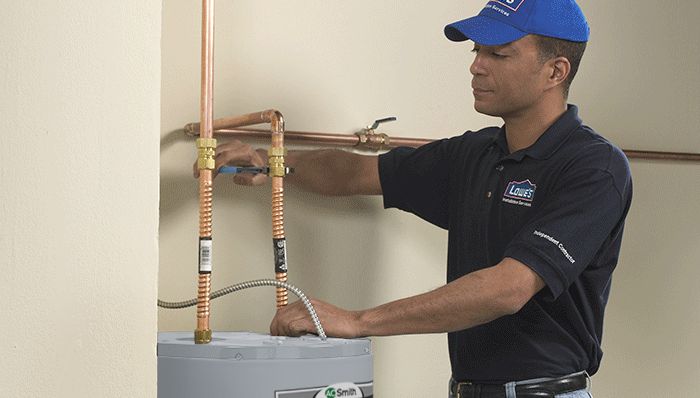Efficient Strategies for Caring for Your Home's Hot Water System
Efficient Strategies for Caring for Your Home's Hot Water System
Blog Article
Presented here underneath you can locate a good deal of reliable ideas in relation to Tips on Maintaining a Water Heater.

Hot water is vital for daily convenience, whether it's for a refreshing shower or cleaning dishes. To guarantee your warm water system runs effectively and lasts much longer, routine upkeep is crucial. This post supplies sensible pointers and insights on exactly how to keep your home's hot water system to avoid disruptions and pricey repairs.
Introduction
Preserving your home's warm water system could appear challenging, but with a few basic actions, you can guarantee it operates smoothly for years to find. This overview covers every little thing from recognizing your warm water system to DIY maintenance ideas and recognizing when to call professional help.
Significance of Maintaining Your Hot Water System
Regular maintenance not only extends the life expectancy of your hot water system but also ensures it operates efficiently. Overlooking upkeep can lead to decreased efficiency, higher energy bills, and also premature failure of the system.
Indications Your Hot Water System Requirements Maintenance
Understanding when your hot water system needs interest can avoid major issues. Look out for signs such as inconsistent water temperature level, weird sounds from the heating system, or corroded water.
Recognizing Your Warm Water System
Before diving into maintenance tasks, it's helpful to recognize the standard parts of your warm water system. Usually, this includes the hot water heater itself, pipelines, anode rods, and temperature controls.
Monthly Upkeep Tasks
Normal regular monthly checks can assist catch small concerns prior to they intensify.
Flushing the Hot Water Heater
Purging your water heater removes sediment build-up, enhancing effectiveness and prolonging its life.
Monitoring and Changing Anode Rods
Anode rods prevent deterioration inside the container. Checking and replacing them when broken is vital.
Examining and Adjusting Temperature Level Setups
Adjusting the temperature level settings makes certain optimal efficiency and safety.
Do It Yourself Tips for Maintenance
You can execute several upkeep tasks on your own to maintain your hot water system in leading condition.
Looking for Leaks
On a regular basis inspect pipelines and links for leakages, as these can result in water damages and higher bills.
Examining Pressure Relief Valves
Examining the pressure safety valve ensures it works appropriately and prevents extreme stress accumulation.
Insulating Pipelines
Insulating warm water pipes minimizes warm loss and can save power.
When to Call an Expert
While DIY upkeep is helpful, some issues call for professional expertise.
Complex Concerns Requiring Expert Aid
Instances include major leakages, electrical issues, or if your hot water heater is regularly underperforming.
Regular Professional Maintenance Conveniences
Specialist maintenance can consist of comprehensive examinations, tune-ups, and guaranteeing conformity with safety requirements.
Final thought
Normal upkeep of your home's warm water system is essential for performance, longevity, and cost savings. By complying with these ideas and recognizing when to look for professional help, you can guarantee a reputable supply of hot water without unforeseen interruptions.
Water Heater Maintenance: The Basics
Maintaining your water heater will ensure it operates efficiently and has a longer lifespan. Neglecting regular maintenance can lead to costly repairs and an even bigger chunk of your savings if you have to replace it sooner than necessary. But there’s good news: Most water heater maintenance tasks are relatively simple and easy for homeowners with basic DIY skills.
Flush the Water Heater
Over time, sediment and minerals can build up in the tank, reducing its efficiency and potentially causing damage. To flush the tank, turn off the power or gas supply, attach a hose to the drain valve near the bottom and open the valve to drain the water until it runs clear. Ideally, flush the tank annually.
Replace the Anode Rod
The anode rod is a sacrificial metal rod that helps prevent corrosion inside the tank. Inspect and replace it every three to five years or per the manufacturer's recommendation. To replace the anode rod, turn off the power or gas supply, drain a few gallons of water from the tank, unscrew the old rod and replace it with a new one. If the anode rod is significantly corroded or covered in calcium buildup, it's a sign the water heater may need to be replaced soon.
Tune-Up
A yearly tune-up can help identify potential issues and ensure your water heater operates at peak efficiency. This typically involves checking the thermostat, burner assembly (for gas heaters) and any other components specified by the manufacturer. During a tune-up, the technician may also clean the burner and adjust the pilot light (for gas heaters) or examine the heating elements (for electric heaters).
How to Maintain Your Water Heater
Insulate the tank. Insulating the tank can improve energy efficiency and reduce heat loss, saving you money on energy bills. You can purchase precut insulation blankets designed specifically for water heaters or use standard fiberglass insulation wrapped securely around the tank. Check the temperature. The recommended water temperature for most households is around 120 degrees Fahrenheit (49 degrees Celsius). Higher temperatures can increase energy costs and potentially cause scalding. Use a kitchen thermometer to check the temperature at the faucet nearest the water heater. Monitor water pressure. Excessive water pressure can strain the water heater and cause leaks or even tank failure. Install a pressure-reducing valve if necessary. The ideal water pressure range is between 60 and 70 PSI (pounds per square inch). Test the temperature and pressure (T&P) relief valve. The T&P relief valve is a safety feature that releases pressure if the tank gets too hot or the pressure builds up too high. Test it annually by lifting the lever and allowing a small amount of water to release. Replace the valve if it doesn't release water or reseal properly. Check for leaks. Regularly inspect the tank, pipes and fittings for leaks or corrosion. Deal with issues promptly to prevent further damage. Even a small leak can lead to significant water damage over time. Consider a tankless water heater. If your traditional tank-style water heater is nearing the end of its lifespan ( typically 10 years), consider replacing it with a tankless water heater. These units heat water on demand, reducing standby energy losses and potentially saving you money on your energy bills. Schedule professional maintenance. While homeowners can perform many water heater maintenance tasks, it's still a good idea to schedule professional maintenance every few years. A plumber or HVAC technician can thoroughly inspect the unit, identify potential issues and ensure it operates safely and efficiently. https://www.homeserve.com/en-us/blog/home-improvement/hot-water-heater-maintanence/

I discovered that blog post on Tips For Maintaining Your Hot Water Heater while doing a lookup on the internet. Liked our posting? Please quickly share it. Help others locate it. I praise you for being here. Kindly check up our website back soon.
Detail Report this page